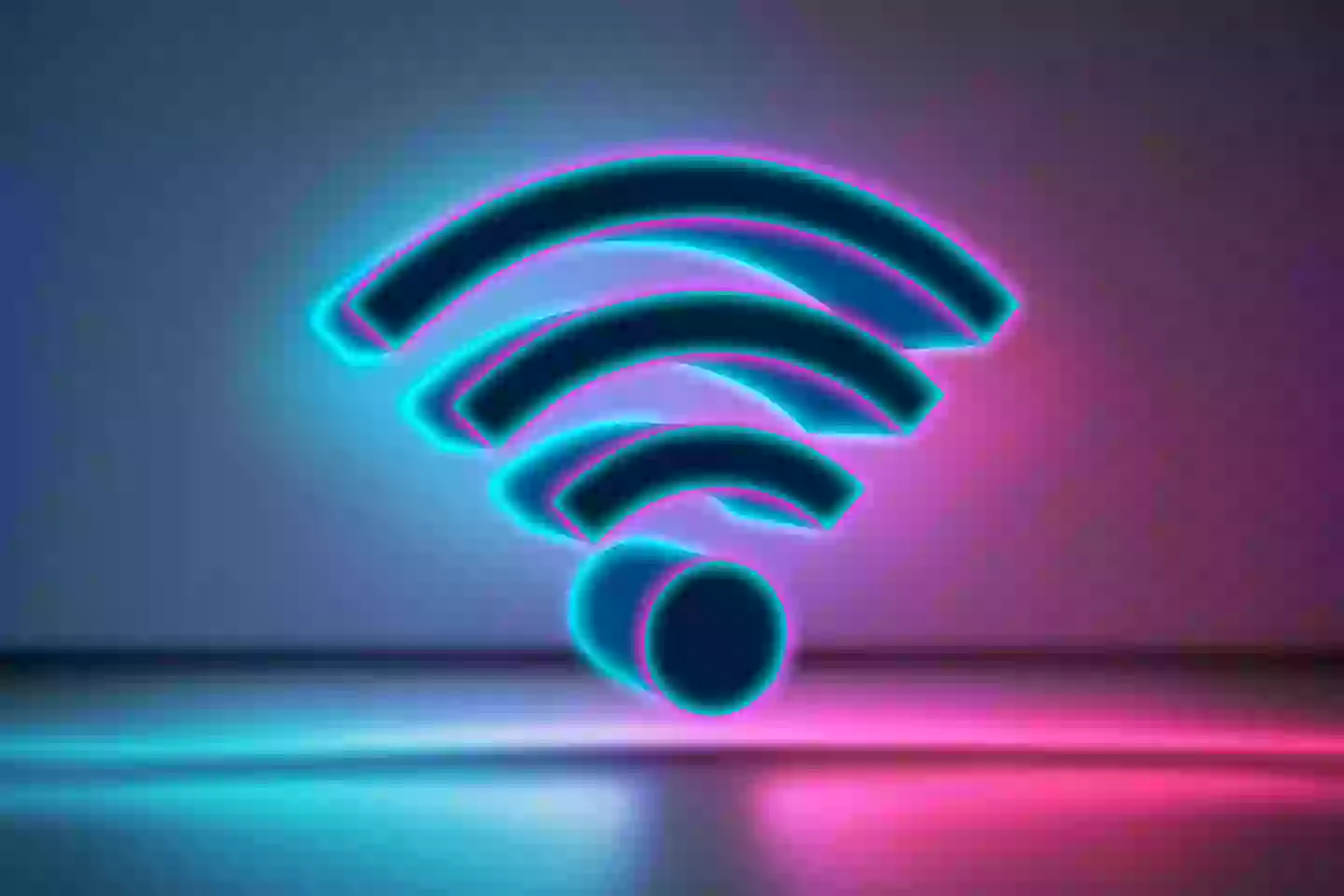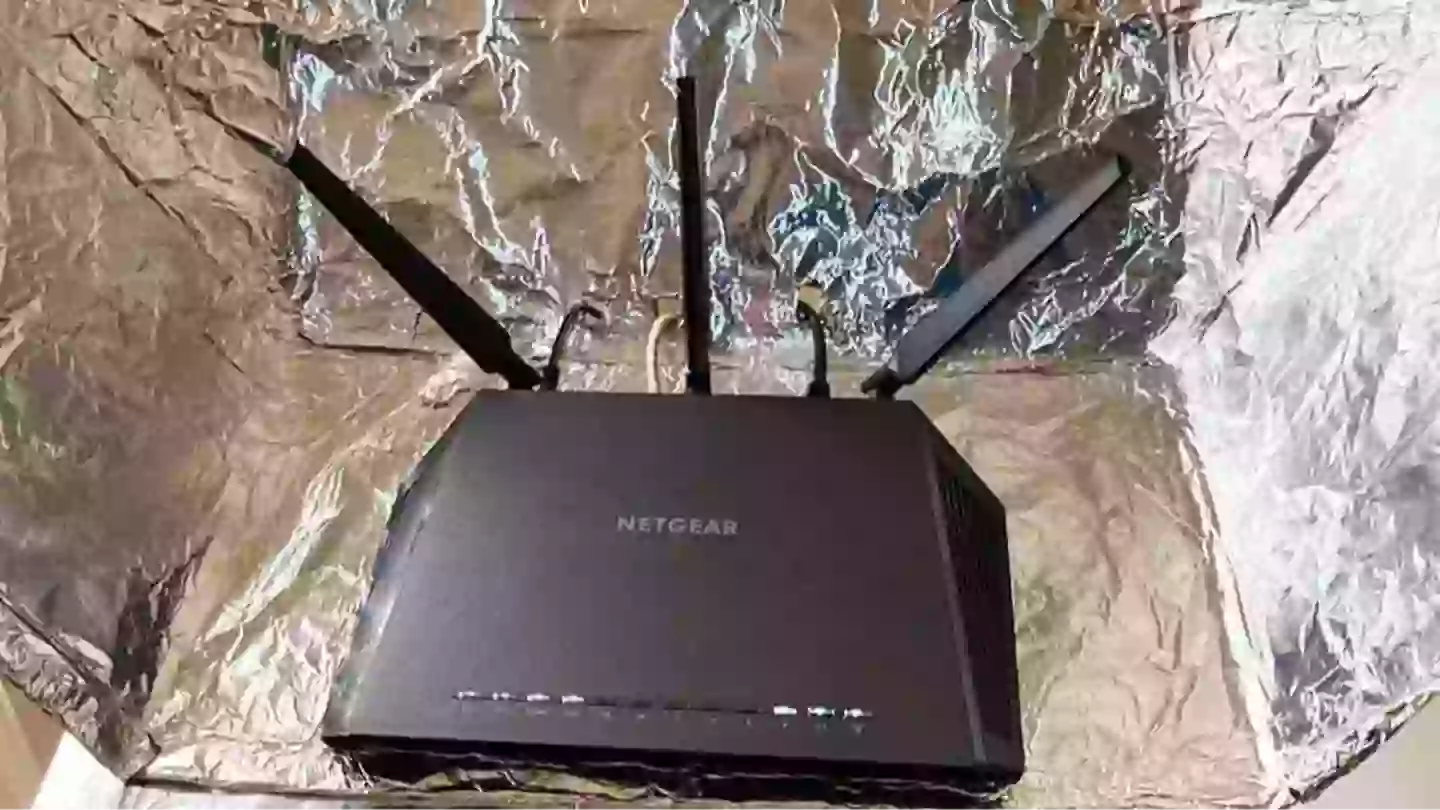Have you ever considered using aluminum foil to wrap your Wi-Fi router? It may sound unusual, but there’s a specific reason why some people suggest doing it.
When the Covid-19 pandemic began in 2020, many people found themselves working from home, leading to frustration for those with unreliable internet connections.
The sight of a buffering icon is not ideal, especially when you need to get work done. Therefore, any potential solution to enhance internet speed is always welcome.
This particular trick is unconventional, but some individuals claim it is effective.

The method involves using aluminum foil, a common household item, to wrap around your Wi-Fi router, allegedly boosting internet speed.
Reader’s Digest provides a straightforward guide for this process.
Initially, you should ‘cut a sheet approximately a foot long and as tall as your Wi-Fi router’, then bend the foil into a ‘C’ shape.
The shiny side of the foil should face inward, covering the antennas.
“Place the foil behind the router, with the curved portion facing toward the router and the target area where you want to boost the signal,” Reader’s Digest instructs.
After setting it up, you should test the targeted area to see if it has had an effect. Conducting a speed test can help you assess the change in upload and download speeds.
But what explains the science behind this tactic?
Tech expert James McQuiggan suggests that aluminum foil can assist in directing Wi-Fi signals, potentially enhancing internet speeds.
The reflective side is believed to direct the signals from the antenna to a specific area, ideally the one with connectivity issues.
Brooke Nelson Alexander from Reader’s Digest tried out this technique and shared her experience.
She noted, “Though it didn’t quite work for me, it can’t hurt to give this trick a shot before forking over significant cash for a Wi-Fi extender if you’re having internet connection problems. After all, it did work for the Dartmouth researchers.”
“I would venture to guess that this hack might be more effective at improving your internet speeds depending on the size of your space, the number and type of obstructions between your router and device, and your internet plan.”
Alexander referenced a study from Dartmouth College and Columbia University conducted in 2017, which used foil to create a ‘virtual wall’ to channel Wi-Fi signals.
However, it’s important to mention that some individuals have pointed out that this method may worsen connectivity in other rooms, indicating that its effectiveness might vary depending on the scenario.

